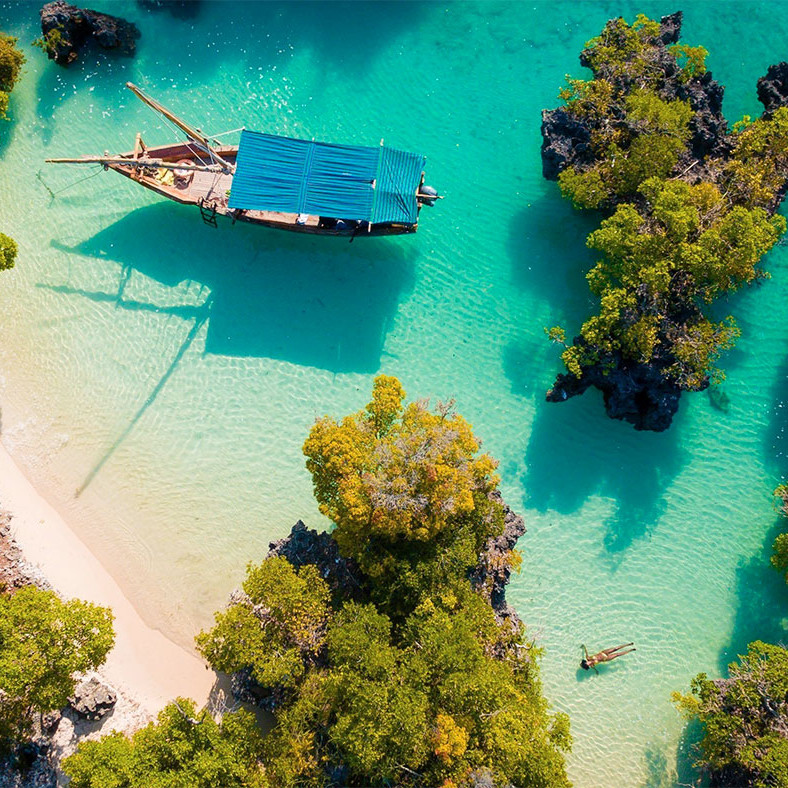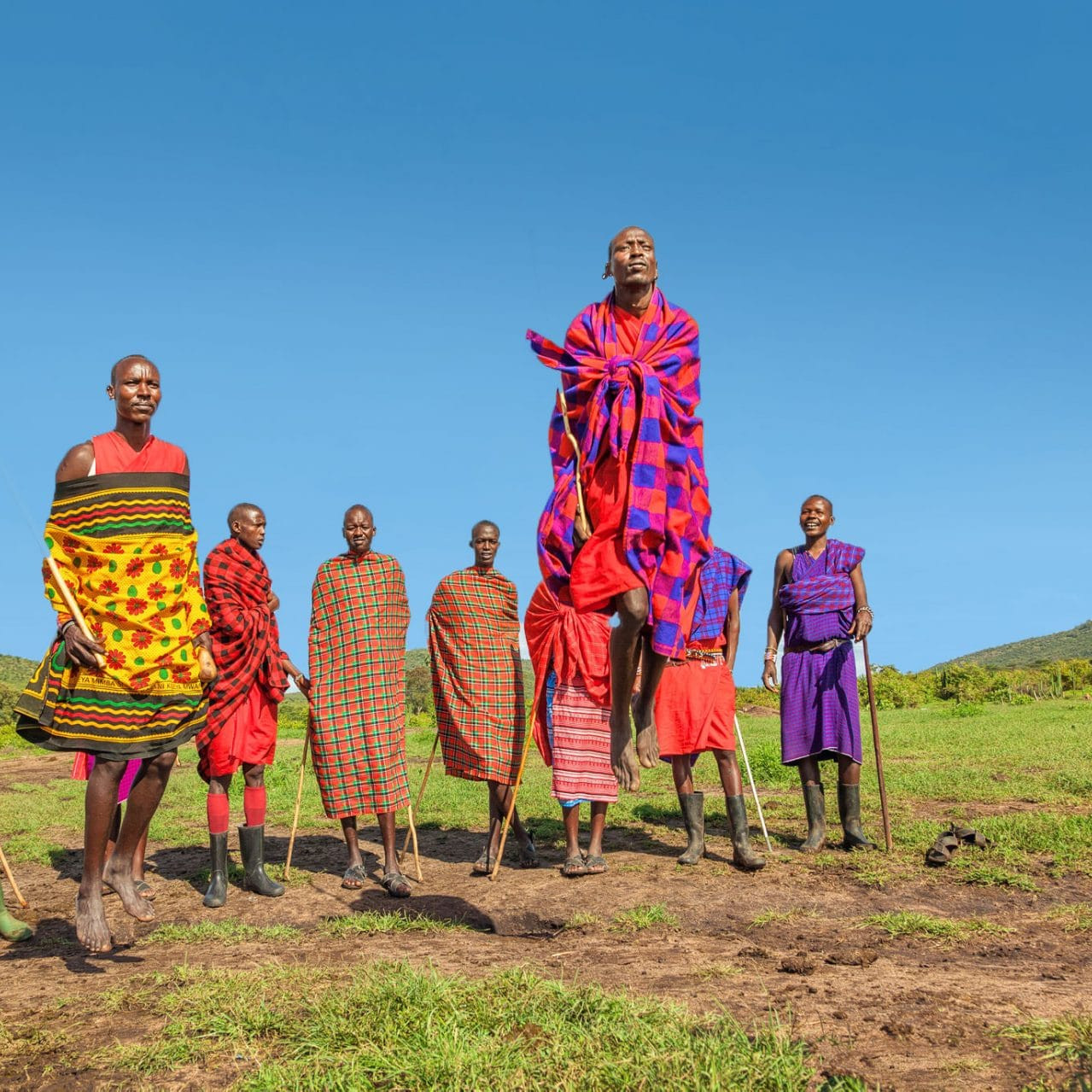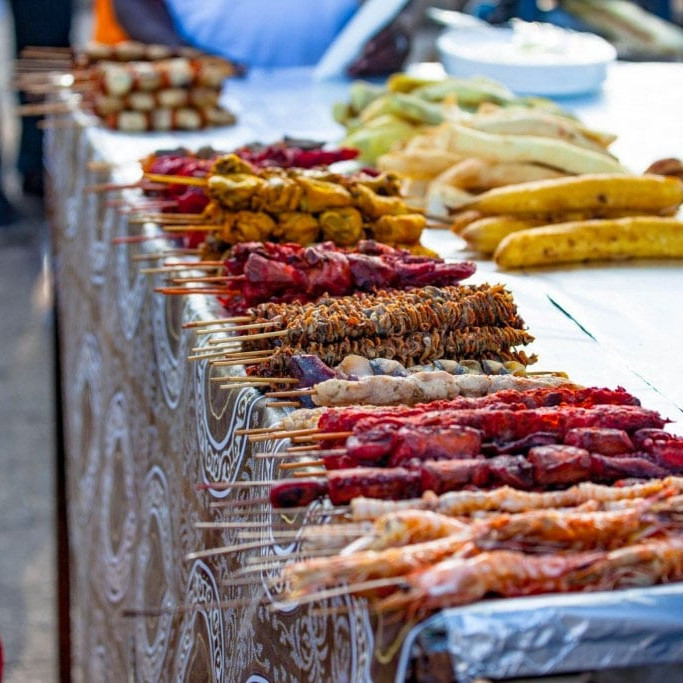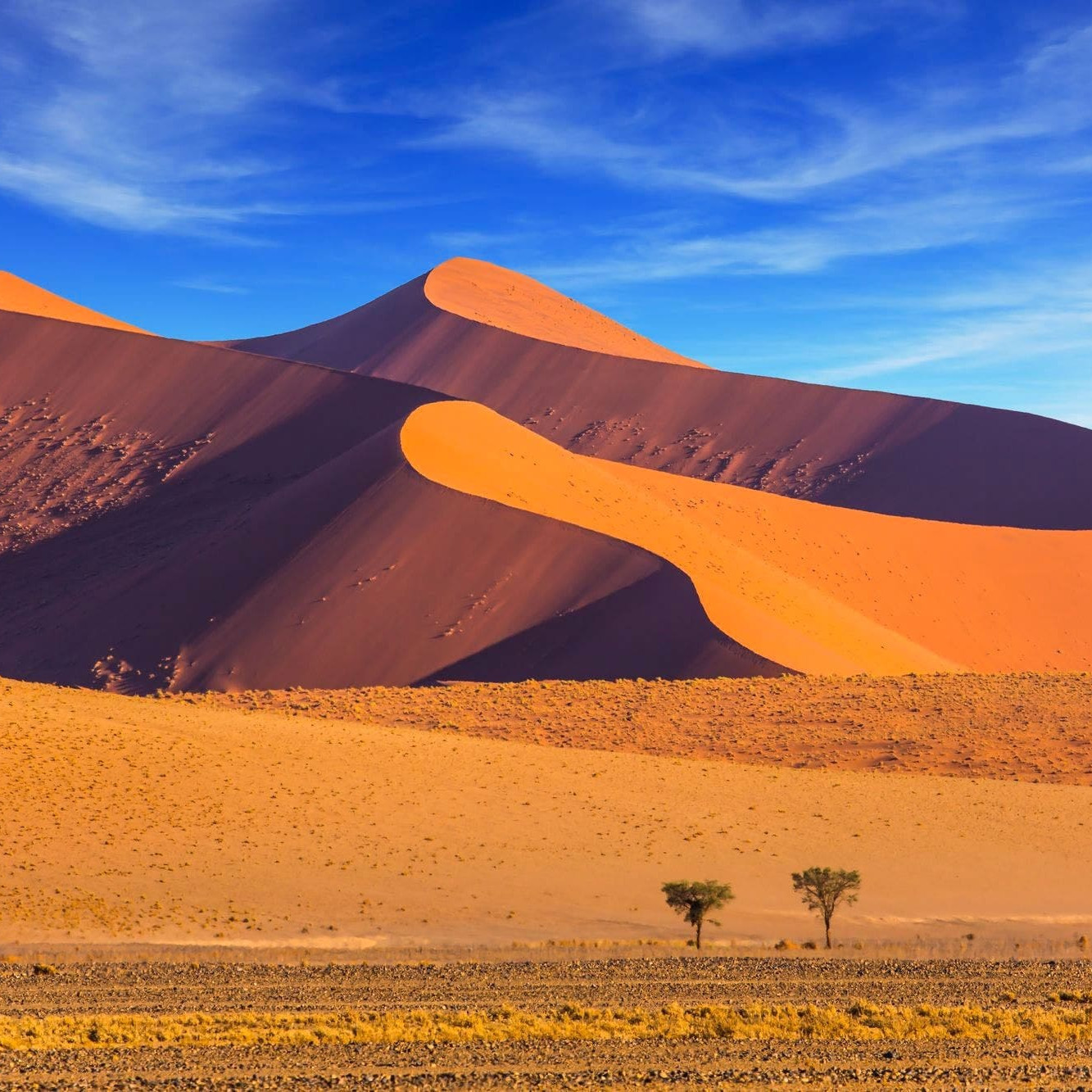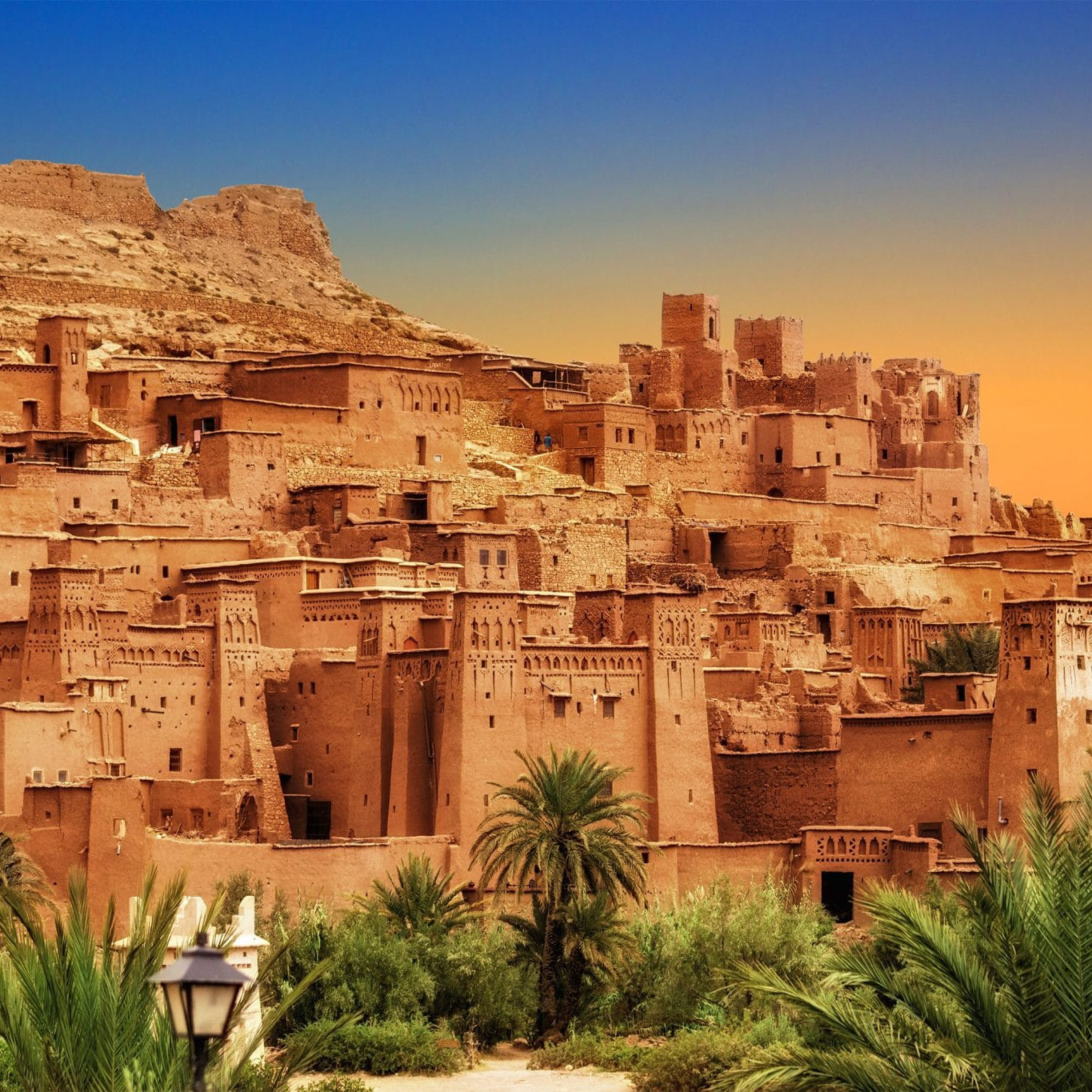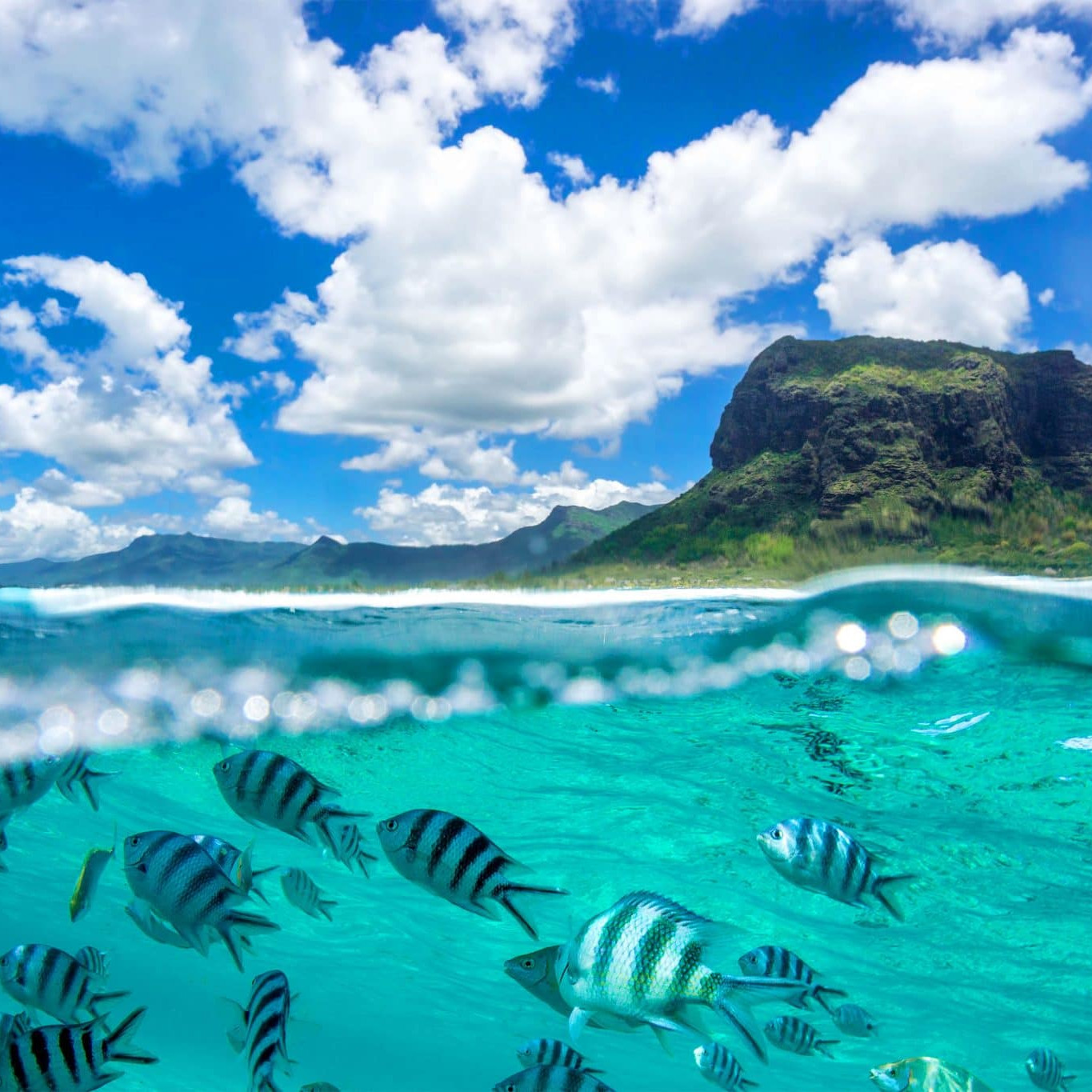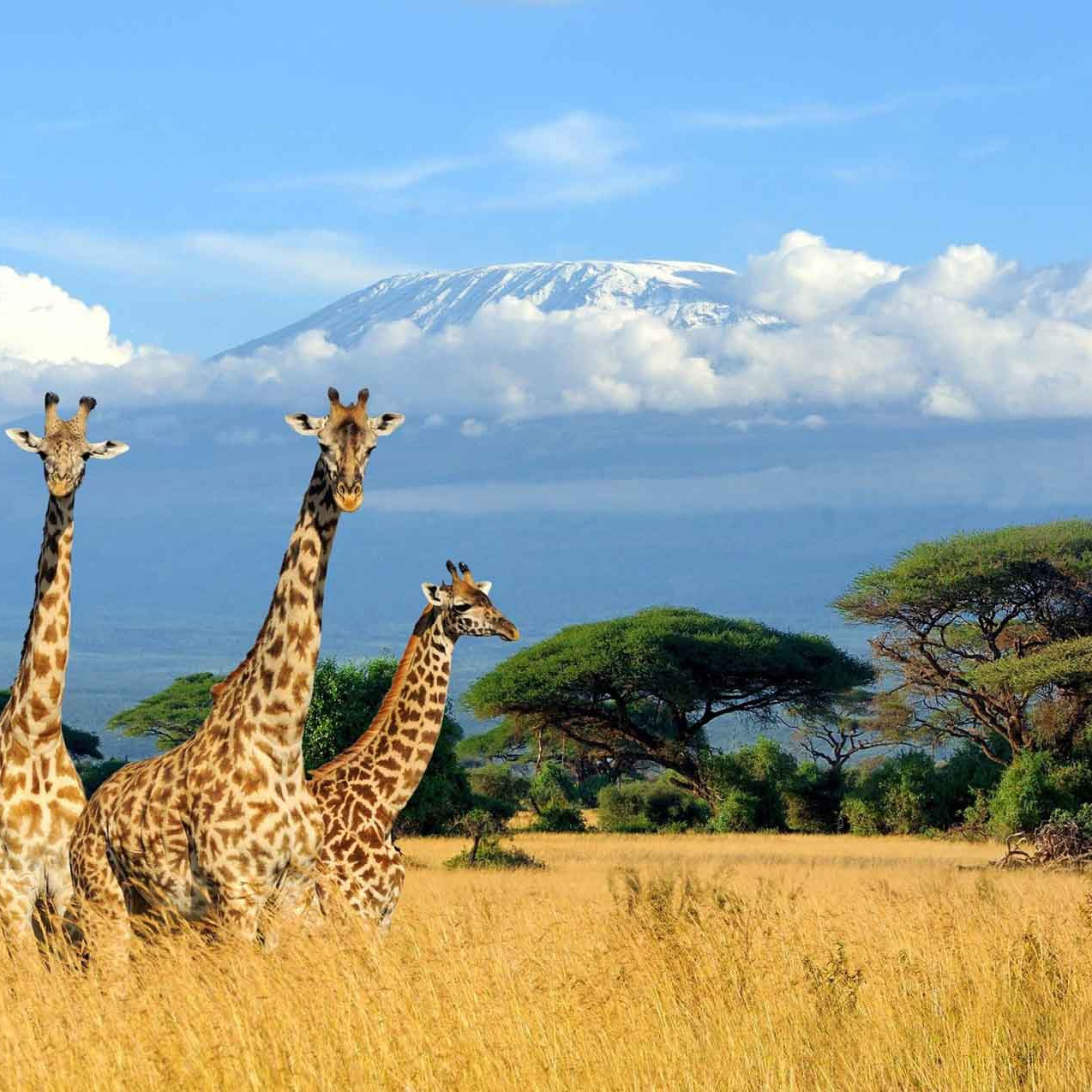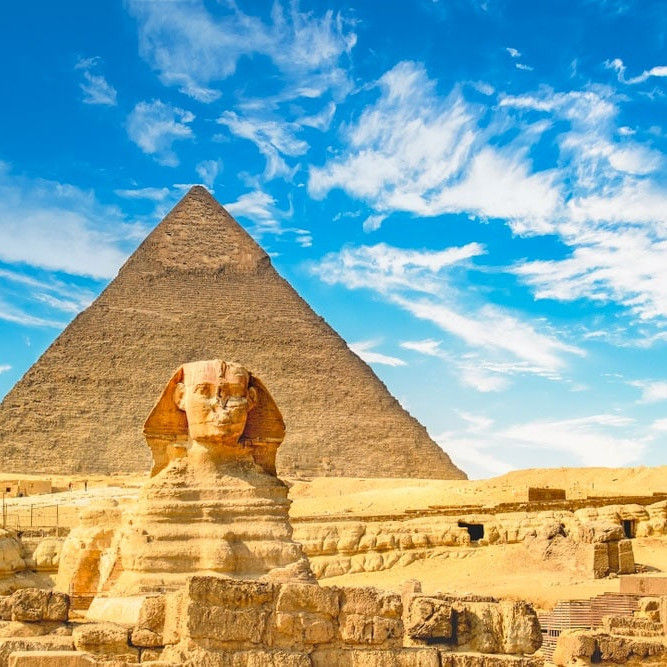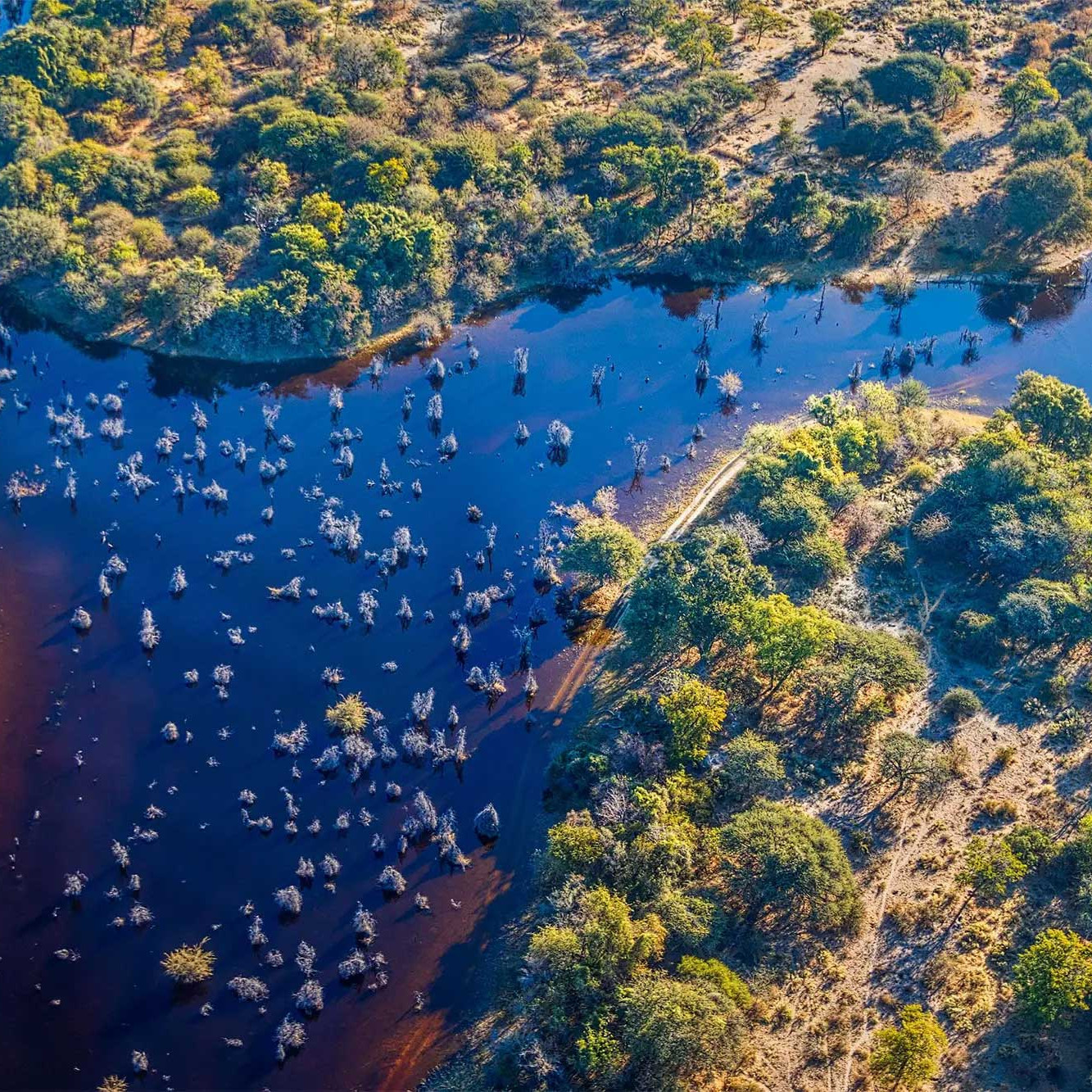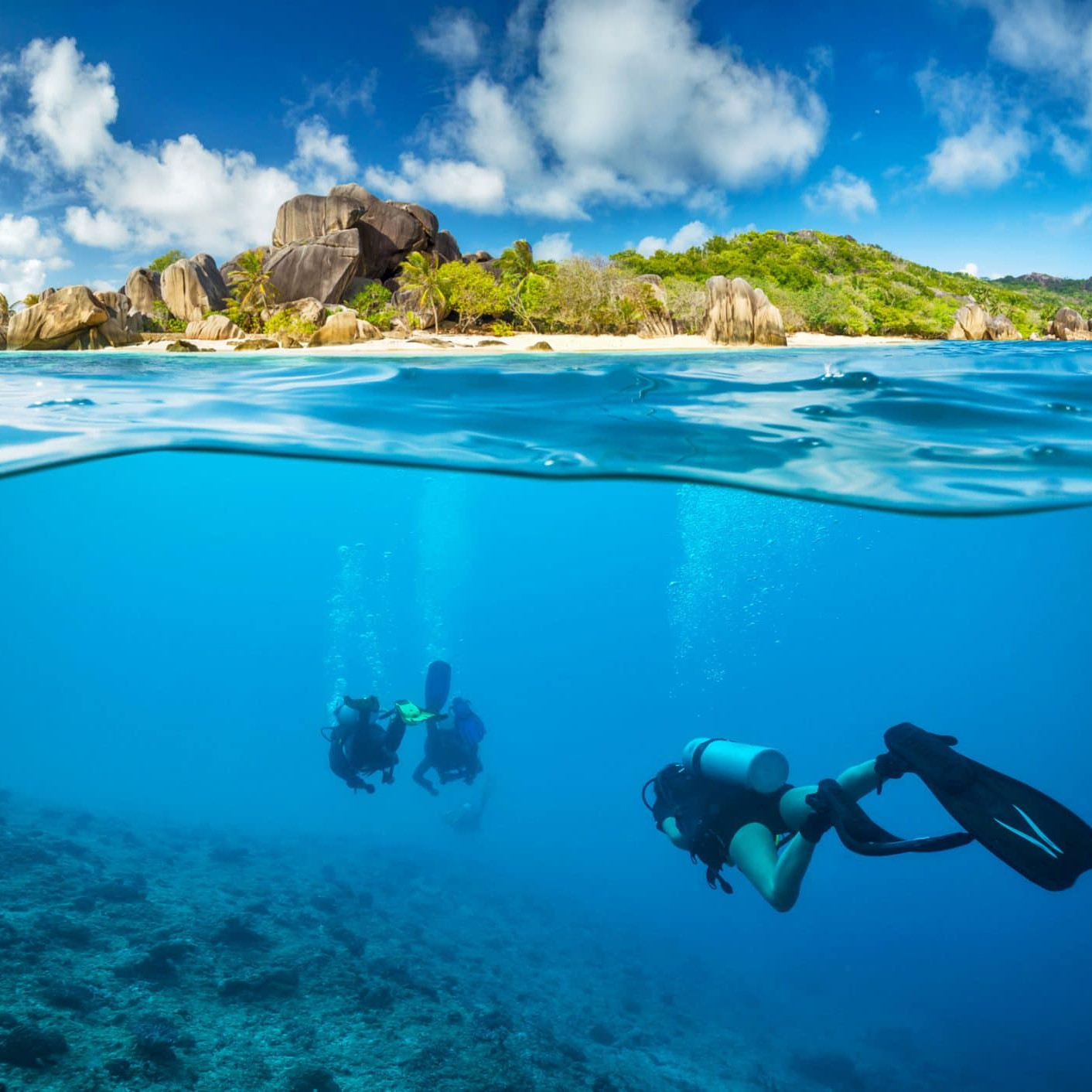Located in East Africa, Tanzania is not only a preferred safari destination but also home to the Mount Kilimanjaro, the highest peak in Africa, and the largest and deepest lakes in the continent. Scenic views and cultural experiences to be treasured for a lifetime. Tanzania’s vibrant culture and warm hospitality make it a wonderful destination for those seeking a truly unique and enriching travel experience.
Why Visit Tanzania
THE WILDLIFE
Tanzania has the largest concentration and diversity of animals in Africa. From zebras and elephants buffaloes, to elands and kudus, and over 1000 species of birds. Some of the most treasures national parks in the world are here, including the Selous Game Reserve, home to more than 120,000 elephants, 160,000 buffaloes and about 2,000 rhinos. Furthermore, Tanzania offers one of the most impressive wildlife experiences in the world: the Wildebeest Migration, a movement of more than one million animals into Kenya’s Masai Mara following the seasonal rains.
LANDSCAPES
Tanzania offers diverse landscape that will for sure take your breath away. From beautiful coasts (the Zanzibar Archipelago), lakes (the largest and deepest in the continent), mountains and game parks, and of course, the mount Kilimanjaro, the highest mountain in Africa. Topped by three volcanic peaks and surround by the Kilimanjaro National Park, a UNESCO World Heritage site.
THE FOOD
Tanzania’s food is a mix of traditional African food with Arabic and Indian influence, and it reflects both its history and geography. With different dishes depending on the region, all their variety of delicious dishes are worth trying.
MAASAI PEOPLE
The maasai are an ethnic semi-nomadic group that lives in southern Kenya and northern Tanzania along the Great Rift Valley. They’re well known for their distinctive dressing and they can be found all over the Serengeti National Park and Ngorongoro Conservation Area. They continue to live as they have for centuries, encouraging visitors to experience their traditions and offering life changing cultural exchanges.
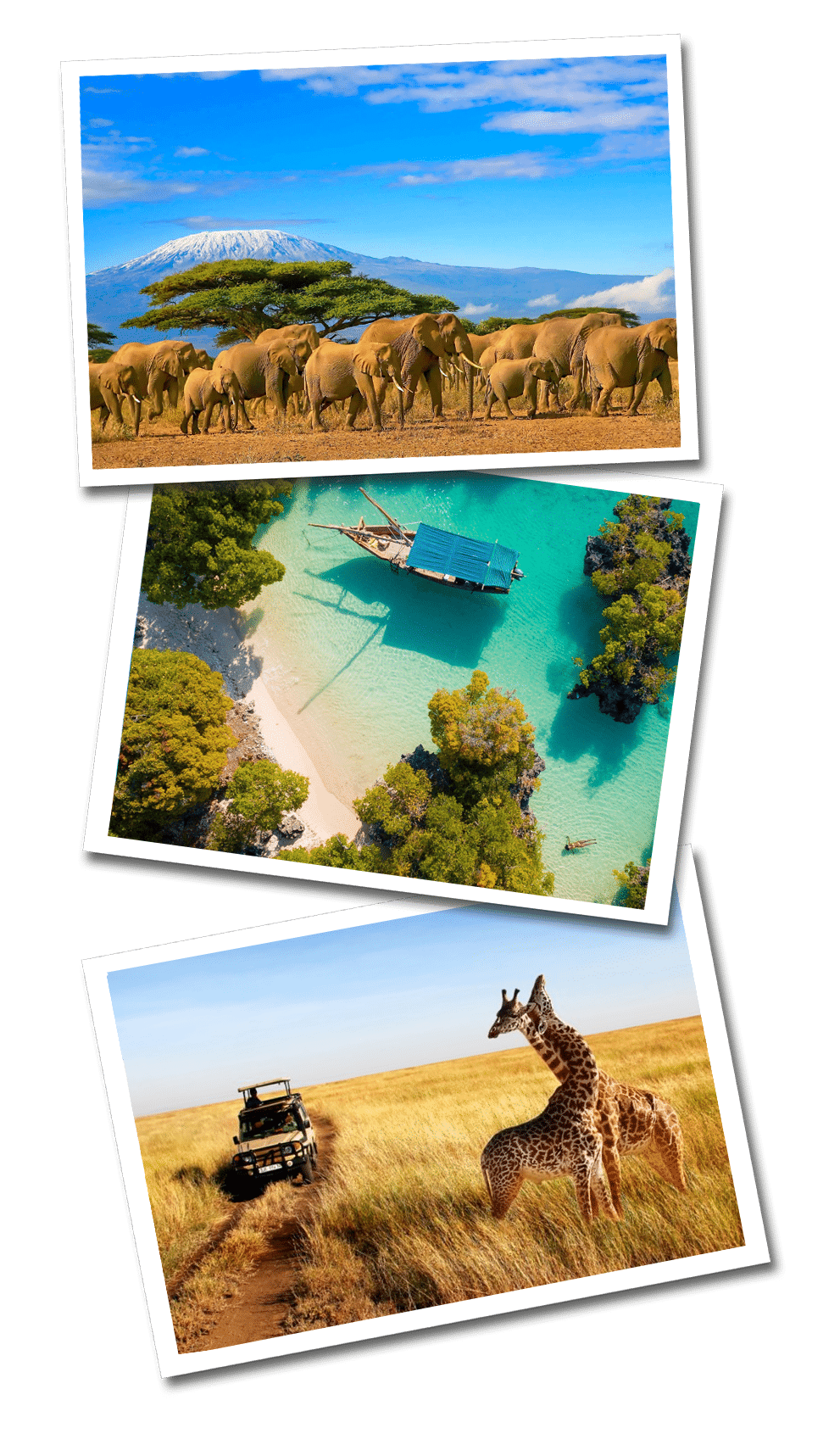
Located in East Africa, Tanzania is not only a preferred safari destination but also home to the Mount Kilimanjaro, the highest peak in Africa, and the largest and deepest lakes in the continent. Scenic views and cultural experiences to be treasured for a lifetime. Tanzania’s vibrant culture and warm hospitality make it a wonderful destination for those seeking a truly unique and enriching travel experience.

Why Visit Tanzania
THE WILDLIFE
Tanzania has the largest concentration and diversity of animals in Africa. From zebras and elephants buffaloes, to elands and kudus, and over 1000 species of birds. Some of the most treasures national parks in the world are here, including the Selous Game Reserve, home to more than 120,000 elephants, 160,000 buffaloes and about 2,000 rhinos. Furthermore, Tanzania offers one of the most impressive wildlife experiences in the world: the Wildebeest Migration, a movement of more than one million animals into Kenya’s Masai Mara following the seasonal rains.
LANDSCAPES
Tanzania offers diverse landscape that will for sure take your breath away. From beautiful coasts (the Zanzibar Archipelago), lakes (the largest and deepest in the continent), mountains and game parks, and of course, the mount Kilimanjaro, the highest mountain in Africa. Topped by three volcanic peaks and surround by the Kilimanjaro National Park, a UNESCO World Heritage site.
THE FOOD
Tanzania’s food is a mix of traditional African food with Arabic and Indian influence, and it reflects both its history and geography. With different dishes depending on the region, all their variety of delicious dishes are worth trying.
MAASAI PEOPLE
The maasai are an ethnic semi-nomadic group that lives in southern Kenya and northern Tanzania along the Great Rift Valley. They’re well known for their distinctive dressing and they can be found all over the Serengeti National Park and Ngorongoro Conservation Area. They continue to live as they have for centuries, encouraging visitors to experience their traditions and offering life changing cultural exchanges.
- Name: United Republic of Tanzania
- Capital: Dodoma
- Official Languages: Swahili and English
- Independence from the United Kingdom
- Currency: Tanzanian shilling
- Time Zone: UTC + 3 (EAT)
- Name: United Republic of Tanzania
- Capital: Dodoma
- Official Languages: Swahili and English
- Independence from the United Kingdom
- Currency: Tanzanian shilling
- Time Zone: UTC + 3 (EAT)
Bucket list
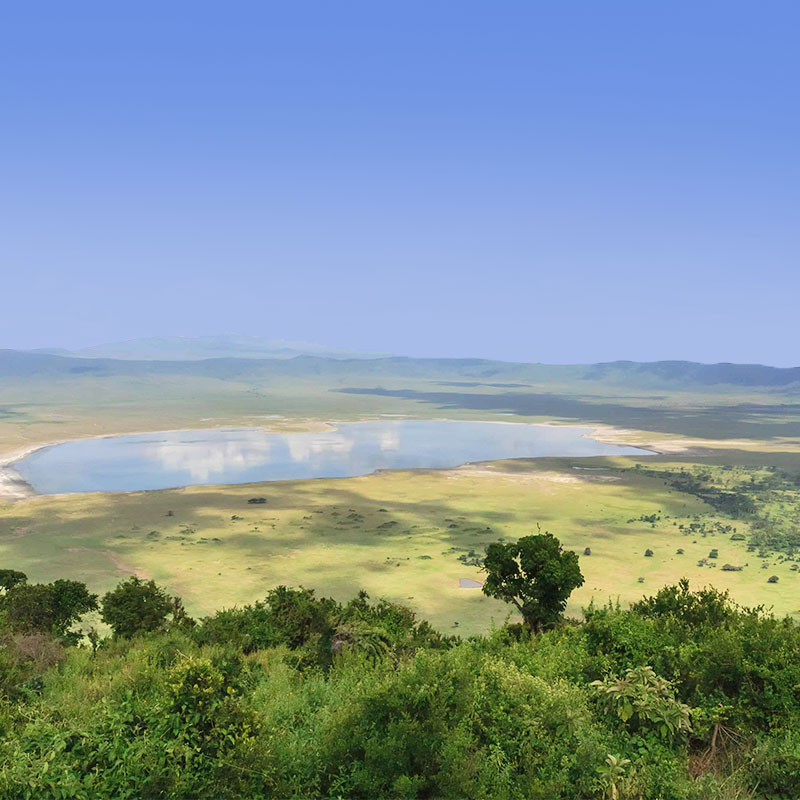
Visit the Ngorongoro Crater
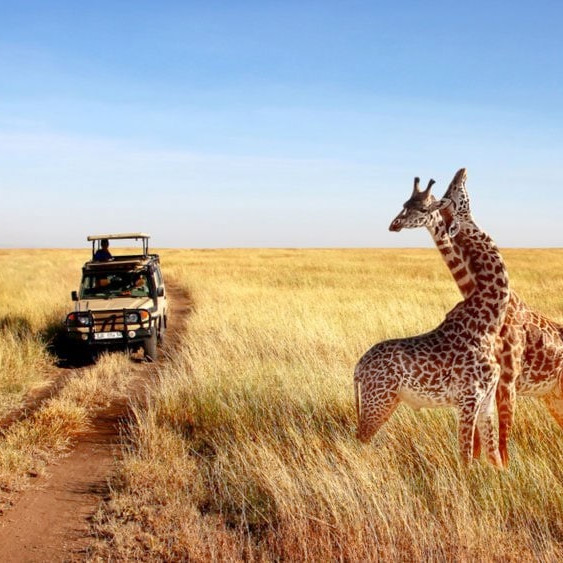
Explore the Serengeti National Park
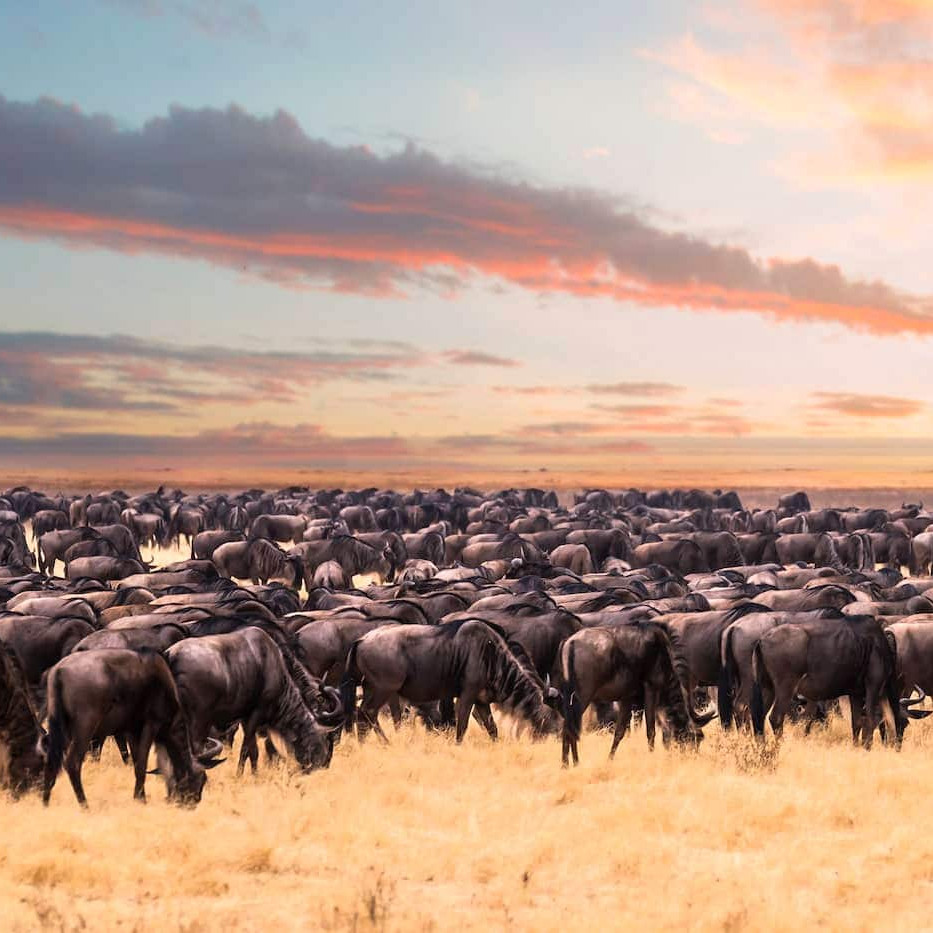
Witness the wildebeest migration
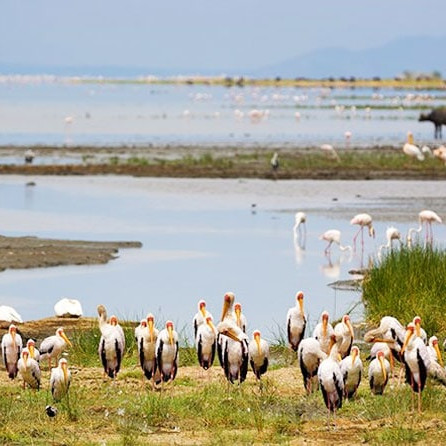
Visit the Lake Manyara
What to expect
LANGUAGE
Tanzania is a multilingual country, with Swahili and English being its official languages. Swahili, also known as Kiswahili, is the national language and widely spoken across the country. English is used for business, education, and government purposes. There are over 120 tribal languages spoken in Tanzania, including Chaga, Sukuma, and Haya, among others.
ELECTRICITY
In Tanzania the standard voltage is 230 V and the frequency is 50 Hz. That’s the standard voltage in the UK, Europe, Australia and most of Asia and Africa; If you are traveling from the US you will need an adaptor.
CURRENCY
The Tanzanian Shilling is the official currency. US Dollars are accepted almost everywhere in Tanzania, with the majority of touristic centers accepting credit cards. 1 USD is equivalent to about 2351 Tanzanian shillings (as of 2023). ATMs are not everywhere, so I recommend t that you bring all the cash that you think you may need.
SAFETY
Tanzania is generally a safe country to travel in, with low levels of violent crime. , but don’t forget to practice your street smarts. Try not to travel alone after dark, respect their sense of clothing (modesty) and keep any valuables to a minimum. Also, using a cross body bag is recommended. There are some minor incidents like carjackings and muggings, but physical violence is not usual.
CLIMATE
Tanzania has a tropical climate, with two rainy seasons and two dry seasons. The rainy seasons are from March to May and from October to December, while the dry seasons are from January to February and from June to September. The best time to visit Tanzania is during the dry season, as wildlife is easier to spot due to fewer water sources. However, it is important to note that the northern circuit can be chilly at night from June to August.
How to get around Tanzania
There are several ways to get around Tanzania, depending on your budget and preferences:
- Domestic flights: Tanzania has several airports that connect the main cities and national parks. Local airlines such as Precision Air, Air Tanzania, and Coastal Aviation offer daily flights between popular destinations.
- Private transfers: Private transfers are a comfortable and convenient way to travel around Tanzania. You can hire a car and driver, or book a private transfer service through your hotel or travel agency.
- Buses: Buses are a popular and affordable mode of transportation in Tanzania, especially for longer distances. The main bus companies are Dar Express, Scandinavia Express, and Kilimanjaro Express.
- Taxis: Taxis are readily available in most cities and tourist areas. It’s important to negotiate the price before getting in the taxi, as they are not metered.
- Tuk-tuks and Bajajis: These small three-wheeled vehicles are common in cities and towns and are a convenient way to travel short distances.
- Motorbikes: Motorbike taxis are popular in some areas of Tanzania, especially for short trips or when navigating through traffic.
- Ferries: If you plan to visit Zanzibar or other coastal areas, ferries are a popular mode of transportation. The main ferry operator is Azam Marine, which operates between Dar es Salaam and Zanzibar.
It’s important to note that road conditions in Tanzania can be challenging, especially during the rainy season. Make sure to choose a reliable mode of transportation and take necessary safety precautions.
Visa Policy
As of May 2023, visitors from most countries are required to obtain a visa prior to arrival in Tanzania. The process for obtaining a visa varies depending on the country of origin. Some nationalities are eligible to apply for an e-visa or obtain a visa on arrival, while others must apply for a visa at a Tanzanian embassy or consulate in their home country. It is recommended to check the latest visa requirements and regulations with the Tanzanian embassy or consulate in your home country before traveling. Visitors should also ensure that their passports are valid for at least six months beyond the date of entry into Tanzania.
SUBSCRIBE!
Are you a globetrotter? Join our platform and get exclusive travel tips, getaways and more!
Seychelles
Travel The Seychelles, an archipelago made of 115 islands in the Indian Ocean. Much more than just…
Mauritius
Travel Mauritius, a country renowned for its natural beauty, pristine beaches, and clear turquoise…
Egypt
Explote Egypt, home to one of the principal ancient civilizations and the world’s earliest urban…



